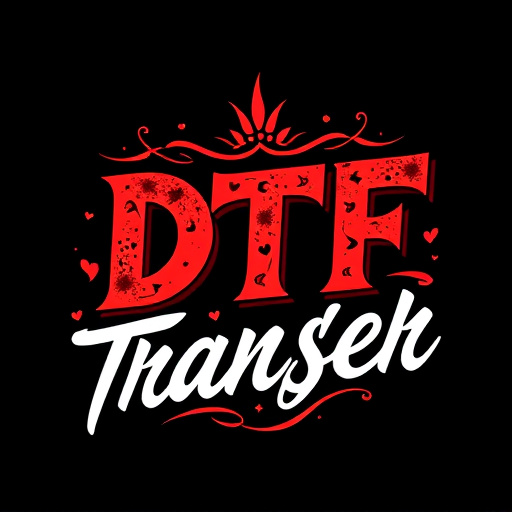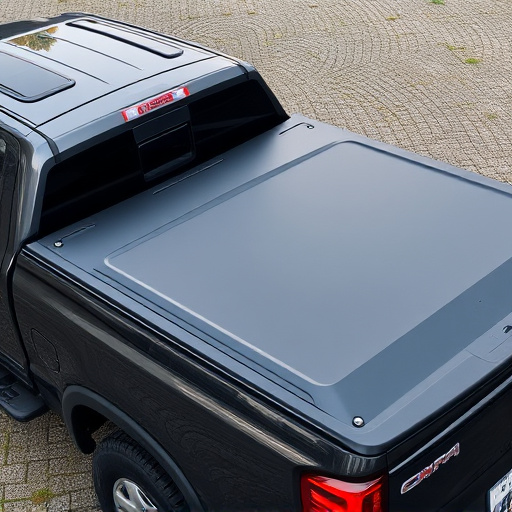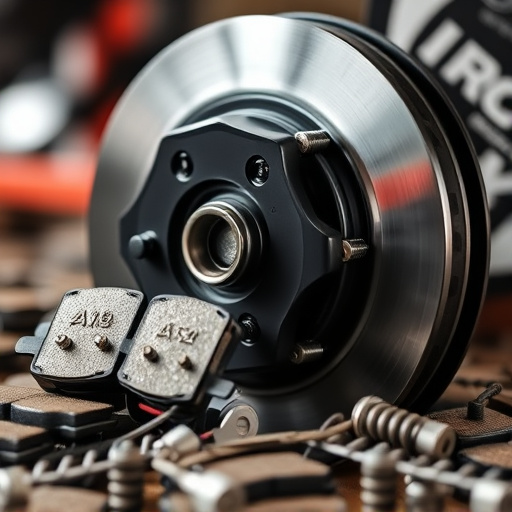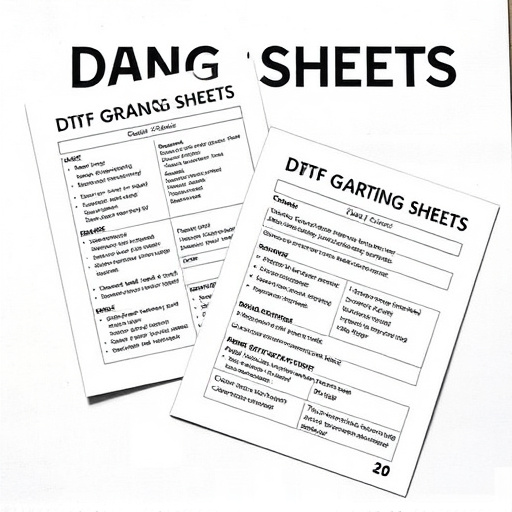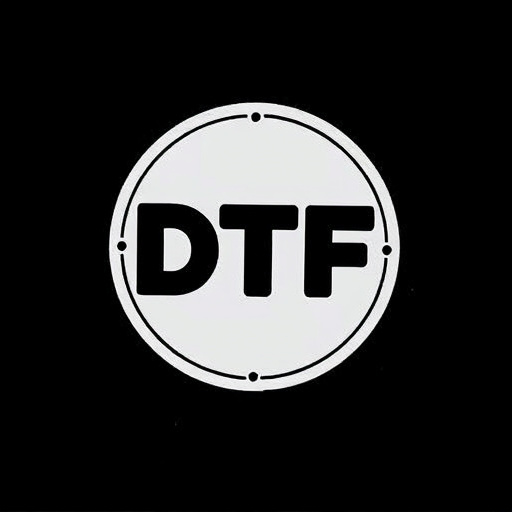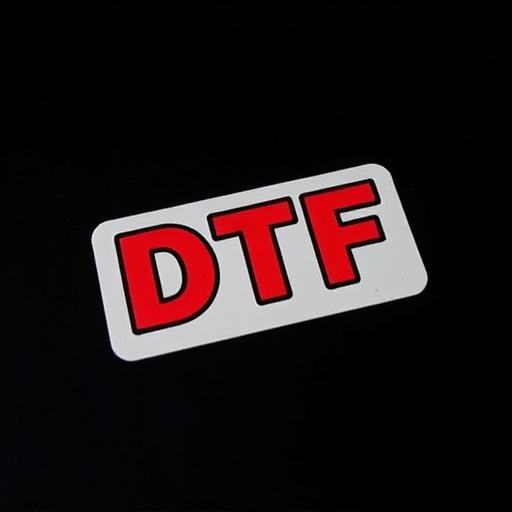Fast DTF Transfers revolutionize apparel production with direct printing to film, eliminating toxic chemical and water-intensive methods. This eco-friendly technology offers faster times, minimal waste, superior color accuracy, and reduced environmental impact, appealing to consumers seeking sustainable fashion practices. Advancements in Fast DTF Transfers minimize carbon footprint, optimize shirt production for dark fabrics, and enable efficient, personalized item creation while preserving natural resources.
“Unveiling the eco-friendly side of fast DTF transfers, this article offers a comprehensive guide to understanding their impact. Fast DTF transfers, known for their speed and efficiency, often raise environmental concerns. We explore these issues in comparison with conventional methods, shedding light on the need for sustainable solutions. Furthermore, we highlight innovative eco-friendly technologies that are revolutionizing the fast DTF space, presenting a greener alternative for businesses and consumers alike.”
- Understanding Fast DTF Transfers: The Basics
- Environmental Impact of Conventional Transfer Methods
- Eco-Friendly Innovations in Fast DTF Technology
Understanding Fast DTF Transfers: The Basics
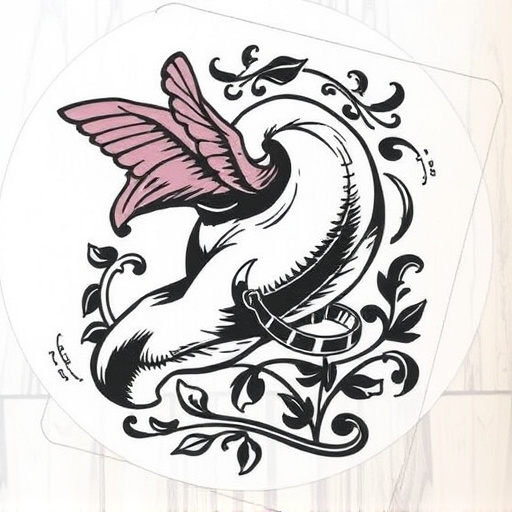
Fast DTF Transfers, or Direct-to-Film Printing, is a cutting-edge technology revolutionizing the apparel industry. This innovative process eliminates the need for traditional printing methods by applying designs directly onto film using specialized printers. The film is then transferred onto fabric during the cutting and molding phase, ensuring precise and vibrant print quality. This technique is particularly popular in bulk DTF shirt production due to its efficiency and cost-effectiveness.
DTF for Apparel offers a range of benefits, including faster production times, minimal waste, and superior color accuracy. By streamlining the printing process, it reduces the environmental impact associated with traditional methods. This eco-friendly approach not only benefits businesses by cutting costs but also appeals to environmentally conscious consumers who increasingly demand sustainable practices in the fashion industry.
Environmental Impact of Conventional Transfer Methods
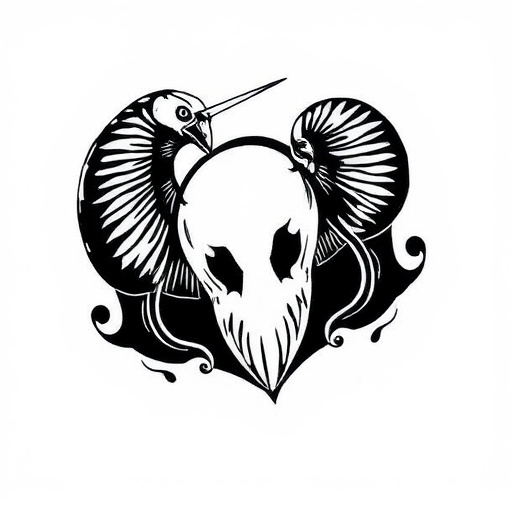
The environmental impact of conventional transfer methods used in the garment industry has become a growing concern. Traditional techniques often rely on toxic chemicals and excessive water consumption, leading to significant ecological damage. For instance, screen printing involves the use of harmful inks and solvents that can contaminate water sources if not disposed of properly. Similarly, heat presses require high temperatures and energy-intensive processes, contributing to greenhouse gas emissions. These methods are particularly detrimental when applied to bulk DTF (Direct to Fabric) shirt production, where the demand for rapid manufacturing can lead to a larger carbon footprint.
Consequently, many clothing brands are now turning to fast DTF transfers as an eco-friendly alternative. This innovative approach reduces the reliance on toxic chemicals and minimizes water usage, offering a more sustainable solution for both logos DFT for clothing brands and high-volume production. By adopting these modern methods, manufacturers can significantly decrease their environmental impact while still delivering high-quality prints suitable for light fabrics.
Eco-Friendly Innovations in Fast DTF Technology
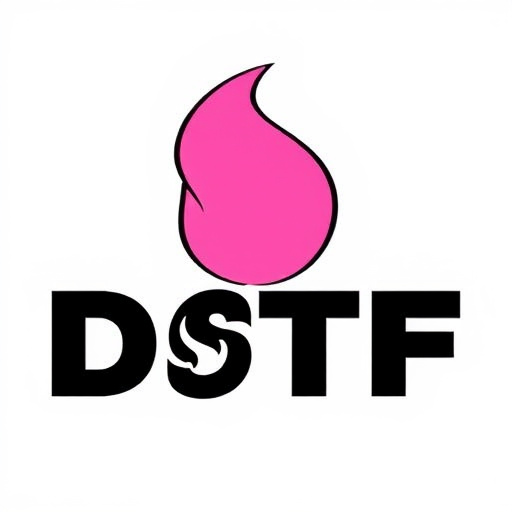
The eco-friendly revolution has reached the realm of Fast DTF Transfers, introducing innovative solutions that minimize environmental impact. One significant advancement is the development of sustainable inks and materials, which play a pivotal role in reducing the carbon footprint associated with traditional DTF printing methods. These cutting-edge products are designed to be both efficient and environmentally conscious, ensuring a greener process without compromising quality.
Additionally, recent breakthroughs in technology have optimized the bulk DTF shirt production process, making it more eco-friendly. The focus on DTF printing for dark fabrics has also led to the creation of specialized techniques that reduce waste and energy consumption. By adopting these innovations, manufacturers can offer high-quality, personalized products while preserving natural resources, proving that fast DTF Transfers can be both efficient and environmentally responsible.
Fast DTF transfers represent a significant step towards more sustainable packaging solutions. By understanding the environmental impact of conventional methods and embracing eco-friendly innovations, industries can significantly reduce their carbon footprint. Adopting these green technologies not only benefits the planet but also offers businesses a competitive edge in an increasingly conscious consumer market. Fast DTF Transfers, with their efficiency and reduced ecological strain, are poised to revolutionize packaging while preserving our natural resources for future generations.
